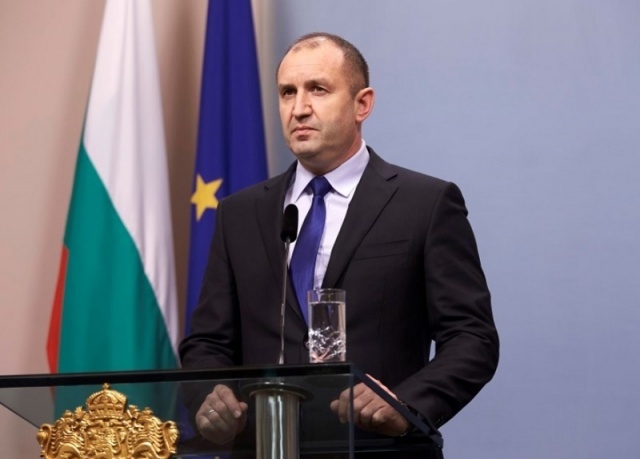Morocco has successfully launched a new satellite christened Mohammed VI-B.
The launch of the Mohammed VI-B has taken place exactly a year after the first Moroccan Earth observation satellite, Mohammed VI-A, was successfully launched also by Arianespace.
Produced by Thales Alenia Space as system prime contractor and Airbus as co-prime, the MOHAMMED VI ‐ B satellite had an estimated liftoff mass of 1,108 kg and deployed it into a Sun-synchronous orbit.
Just like the Mohammed VI-A, the Mohammed VI-B satellite is based on the Pléiades-HR high-resolution Earth observation satellite that is jointly built by French satellite manufacturers Airbus Defence and Space.
Both satellites are thought to have a panchromatic resolution of 50 centimeters. The Mohammed VI satellite technology is capable of taking more than 500 very high-resolution images a day with an update to its data every six hours. Photovoltaic mirrors will generate power from solar energy.
Morocco’s two earth observation satellites, Mohammed VI-A and Mohammed VI-B, were named after King Mohammed VI of Morocco who is the thrust behind Morocco’s ambitious space program.
Both the satellites will be complementary and will ensure faster coverage of areas of interest. Morocco will be the first African country to possess a constellation of earth surveillance satellites equipped with a very high-resolution camera.
Both satellites will be operated by Moroccan engineers and technicians who have benefited from long, specialized training, both in Morocco and abroad.
Once in orbit, it will be used primarily for mapping and land surveying activities, regional development, agricultural monitoring, the prevention and management of natural disasters, monitoring changes in the environment and desertification, as well as border and coastal surveillance.
Having two earth observation satellites will optimize map localization and enhance the visualization of road and rail networks and allow for updating cartographic background.
Exploitation of satellite imagery is becoming essential in several areas including agriculture, water resources, building and public works and transport, water and forests, mines and geology, communications networks, monitoring of major projects, urban and regional planning, oceanography and coastal zones, natural disasters.


